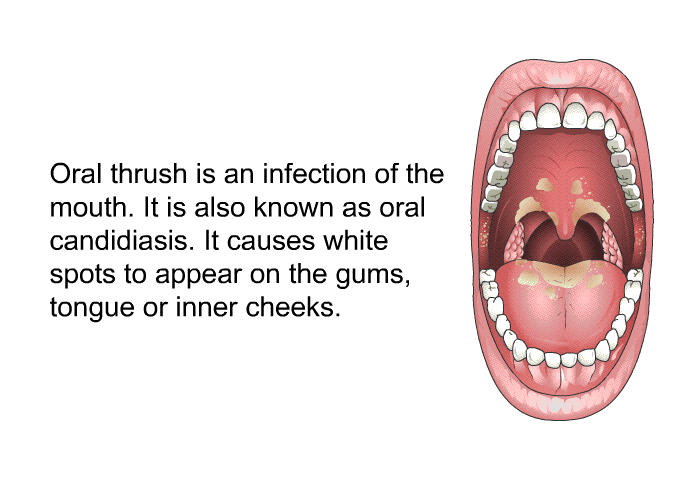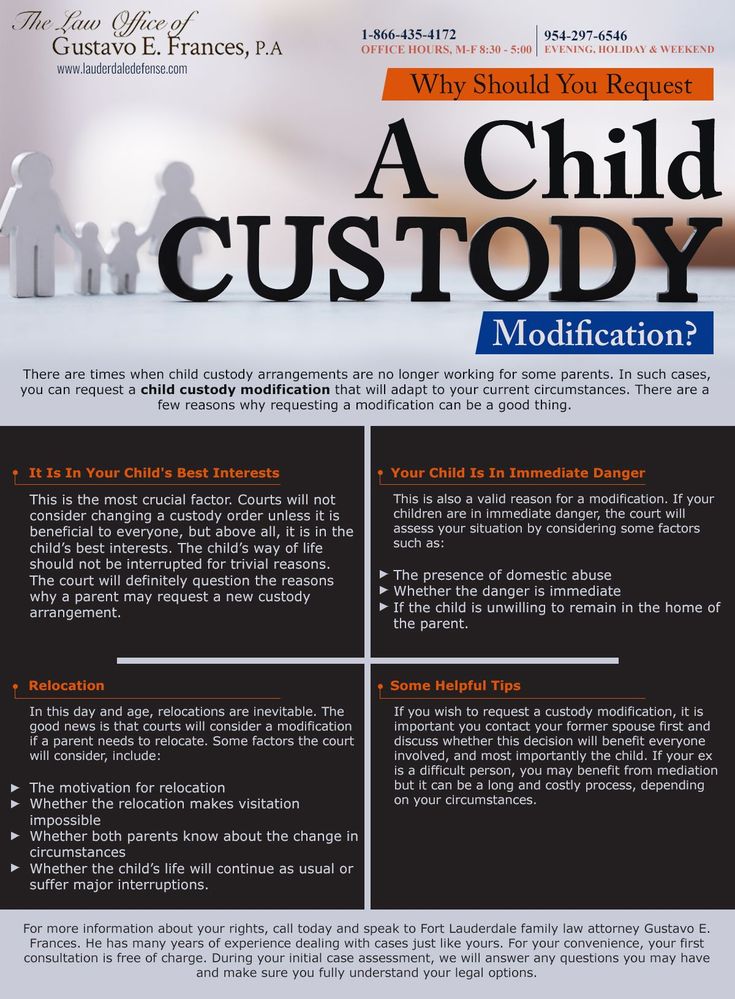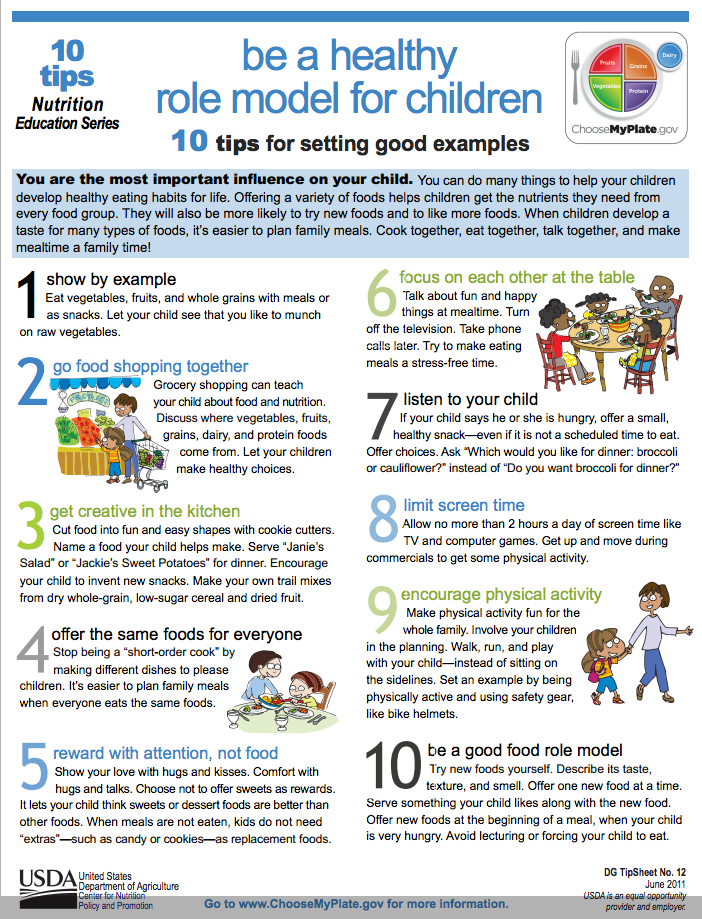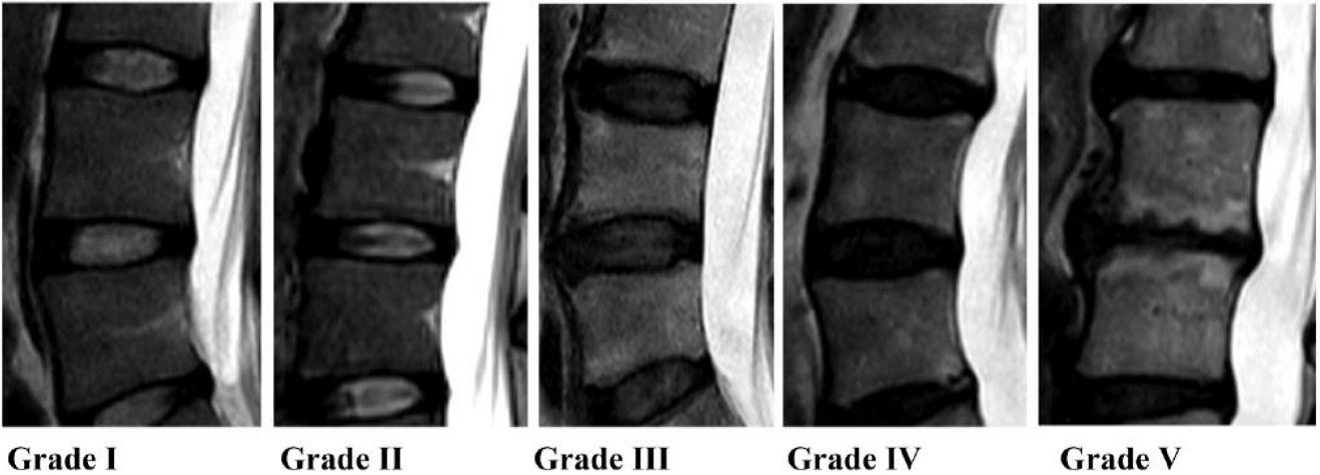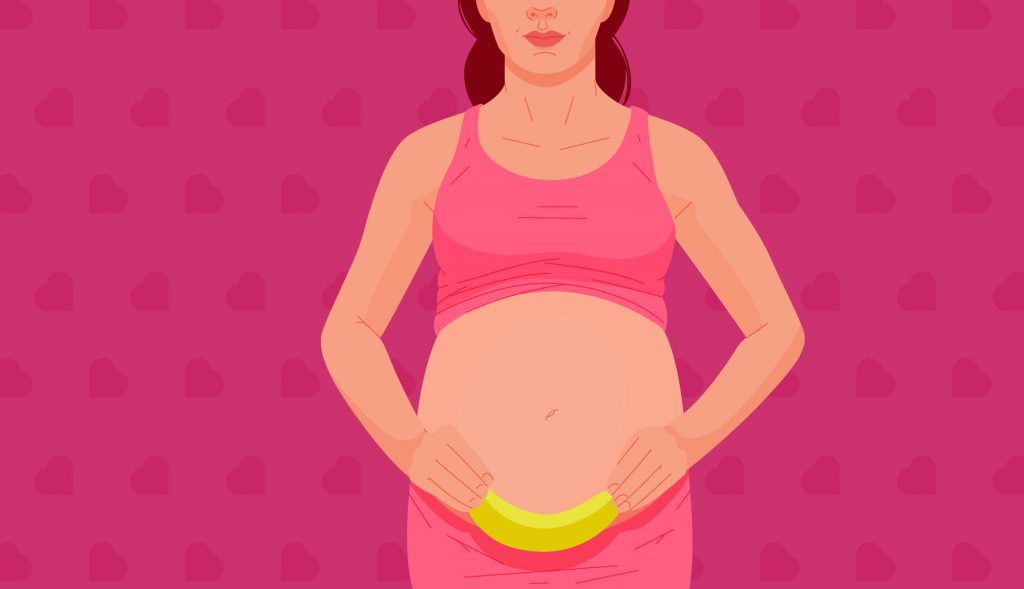Is oral thrush contagious in babies
Causes, Treatment and When to See a Doctor
Nationwide Children’s Hospital
Thrush is an infection caused by a fungus called candida (CAN-did-ah). Candida is naturally present in the mouth and body and is usually harmless. But, if conditions are right, it can grow out of control and cause an infection.
- A candida infection in the mouth is called oral thrush; in the diaper area, a yeast diaper rash; in other places on or in the body, a yeast infection.
- Candida is the same fungus that causes vaginal yeast infections.
- Oral thrush is more common in infants and toddlers, but older children can get it too.
- Thrush is contagious (catching) and can be passed to others.
Risk Factors for Getting Thrush Are:
- Age – born early (premature) or younger than 6 months or low birth weight
- Getting it during birth from the parent who has an unknown vaginal yeast infection
- Breastfeeding with an untreated yeast infection of the breast
- Using human milk from a pump that has not been properly sterilized
- Sucking on a pacifier or bottle too often and for too long
- Using an inhaler for asthma without rinsing the mouth after use
- Recent history of child or nursing parent taking antibiotic medicine to treat a bacterial infection
- A weakened immune system
Signs and Symptoms
- Thrush in the mouth:
- Can be on the tongue, gums, roof of the mouth, or inside of the cheeks.
- Begins as tiny, flat, white, or creamy yellow spots. These spots come together and form cheesy patches that look like cottage cheese. The spots are often mistaken for milk patches. Sometimes it looks like a white coating.
- Cannot be removed with a soft cloth or a cotton-tipped swab without causing bleeding.
- May cause pain while sucking or swallowing. Your child may not drink or eat as much as usual.
- Can be on the tongue, gums, roof of the mouth, or inside of the cheeks.
- Yeast infections in the diaper area look like diaper rash. The skin can have:
- Small or big red patches, be entirely bright red, or have raised edges or small bumps
- Pimples that ooze pus
- A vaginal yeast infection can cause the skin to be red, itchy, and burn. Often, there is a creamy discharge from the vagina.
Treatment
- Thrush is easily treated with an antifungal medicine such as nystatin (Mycostatin®), fluconazole (Diflucan®), or itraconazole (Sporanox®).
 Your child may get these medicines as a syrup or a pill.
Your child may get these medicines as a syrup or a pill. - Thrush usually clears up in 4 to 5 days. It is important to use all of the medicine for the length of time that is recommended.
- An antifungal cream is usually recommended for yeast infections in the diaper area, in the vagina, or other places on the skin. You can buy some of these medicines without a prescription.
- Avoid using any home remedies without asking your child’s health care provider first.
How to Give Oral Drops
- A liquid medicine comes with a dropper in the box. Use it to give the oral drops.
- You will put the drops directly in the mouth on the sores. The medicine needs to stay in the mouth for a while. It will not hurt your child to swallow it.
- Plan to give the drops right after you feed your baby.
Follow These Steps:
- Wash your hands well.
- For an infant or young child, place them on their back.
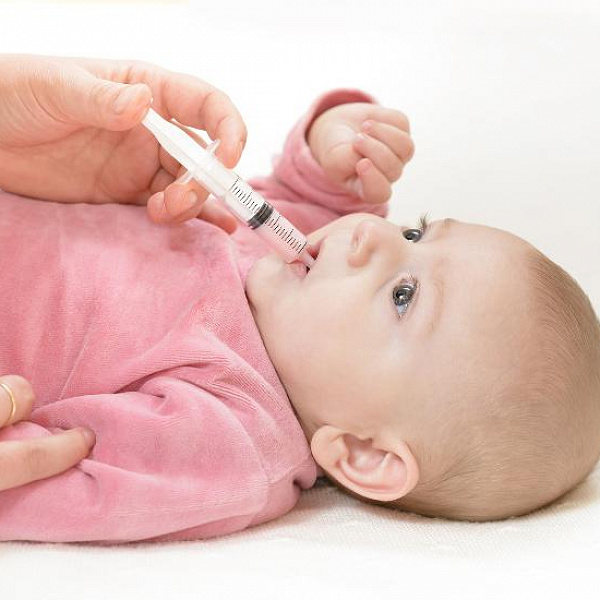 Turn their head sideways so that the cheek with the white patches faces down toward the bed (Picture 1).
Turn their head sideways so that the cheek with the white patches faces down toward the bed (Picture 1). - Gently open your child’s mouth and drop half of the medicine inside the cheek. Turn your child’s head the other way and repeat squirting the medicine inside the other cheek.
- Using a cotton-tipped swab, spread the medicine inside the mouth over the white patches.
- For an older child, have them swish the medicine in their mouth for 30 seconds and then swallow.
- Wait 30 minutes before giving your child anything to eat or drink.
- Always wash your hands well before and after touching your child’s mouth or things that have touched their mouth. This is so you do not pass the infection to others.
- Be sure your child drinks plenty of liquids so that they do not get dehydrated (lose too much fluid).
- Sterilize baby bottle nipples after each use.
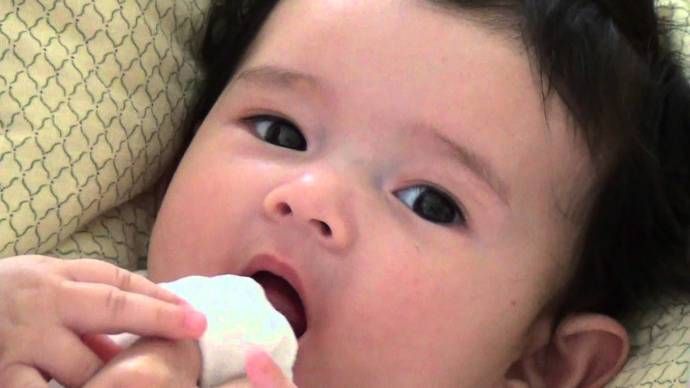 Do this by placing the nipples in boiling water for 10 minutes. Let the nipples cool before using them.
Do this by placing the nipples in boiling water for 10 minutes. Let the nipples cool before using them. - Limit breastfeeding and bottle feeding to 20 minutes. Sucking for a long time can increase irritation.
- If your baby uses a pacifier:
- Let them use it only when they cannot be calmed in any other way.
- Buy several extras that can be sterilized between uses. Sterilize pacifiers the same way as the bottle nipples.
- Do not put your child’s pacifier in your mouth or let other children do this.
- Do not share bottles, cups, or toys that your child has used with others.
- If you are breastfeeding:
- Clean each breast with water and air-dry after each feeding.
- If your breasts show any signs of infection, such as soreness or redness, call your health care provider. You may need to be treated at the same time.
- If using human breast milk from a pump, all pump parts need to be sterilized.

Treatment of a Yeast Rash
If your baby has a yeast diaper rash or yeast infection on the skin, the health care provider will prescribe a cream or recommend an over-the-counter one.
- Wash your hands well before and after treating your child’s yeast infection.
- To help the skin heal, keep it clean and dry.
For a Yeast Diaper Rash:
- Change the diaper as soon as your baby pees or poops. You may also want to change the diaper once during the night.
- Rinse your baby’s bottom after each diaper change. Gently clean the diaper area from front to back and inside the skin folds with warm water and a soft washcloth (Picture 2).
- Try to avoid baby wipes, but especially those with alcohol, propylene glycol, and fragrances.
- Use mild soap and water only if the poop (stool) does not come off easily.
- Avoid scrubbing or rubbing. It can damage the skin more.
- If the rash is severe, use a squirt bottle of water to clean and rinse without rubbing.
 Or you can soak your baby’s bottom in a tub of warm water after each diaper change.
Or you can soak your baby’s bottom in a tub of warm water after each diaper change. - Pat the skin dry and let it air dry fully.
- Apply a thin layer of antifungal cream. Most should be used only 2 to 3 times a day.
- You can also use an over-the-counter skin barrier or zinc oxide cream over the antifungal cream on the baby’s bottom and in the skin folds. Apply a thick layer each time the diaper is changed. Popular ones are petroleum jelly (Vaseline®) or a cream with zinc oxide like Desitin®, Triple Paste®, A+D®, or Balmex®. These creams do not have to be completely washed off with each diaper change.
- Do not use steroidal creams, corn starch, talc, or baby powder on your baby’s bottom.
- Let your baby play or nap with their diaper off. The air helps dry and heal the rash (Picture 3).
- Avoid rubber pants or plastic liners over the diaper.
- Put the diaper on loosely so it does not rub against the skin as much.
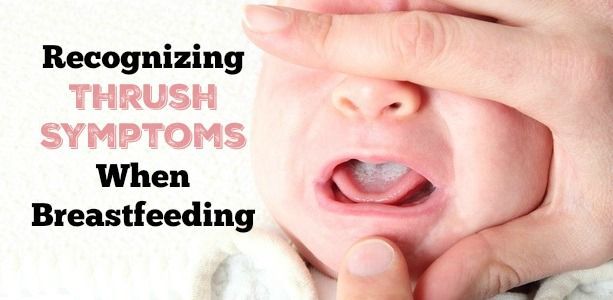
- Call your child’s health care provider if thrush gets worse after 3 days of treatment, if it lasts more than 10 days, or you have any questions.
Thrush and Yeast Infections (PDF), Somali (PDF), Spanish (PDF)
HH-I-117 6/90, Revised 3/22 Copyright 1990, Nationwide Children's Hospital
Oral thrush (mouth thrush) - NHS
Oral thrush is usually harmless. It's common in babies and older people with dentures. It can be easily treated with medicines bought from a pharmacy.
Check if it's oral thrush
Adults
Your mouth is red inside and you have white patches.Credit:
DR P. MARAZZI/SCIENCE PHOTO LIBRARY https://www.sciencephoto.com/media/459245/view
When you wipe off the white patches, they leave red spots that can bleed.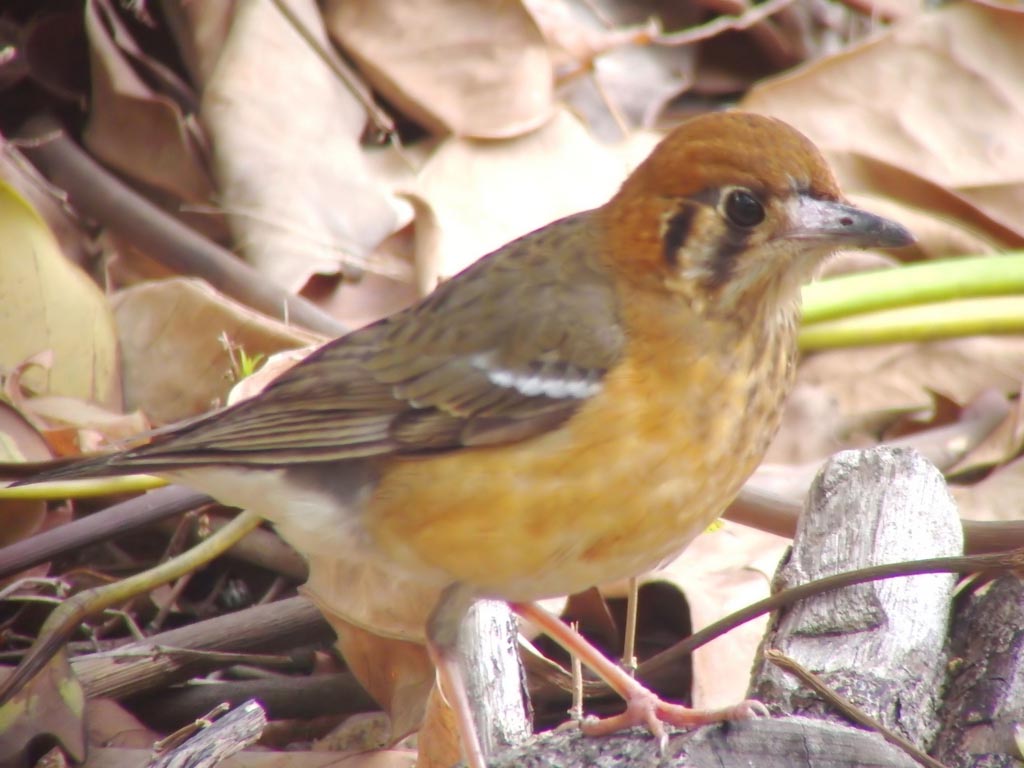
Credit:
DR P. MARAZZI/SCIENCE PHOTO LIBRARY https://www.sciencephoto.com/media/633814/view
Other symptoms in adults are:
- cracks at the corners of the mouth
- not tasting things properly
- an unpleasant taste in the mouth
- pain inside the mouth (for example, a sore tongue or sore gums)
- difficulty eating and drinking
Oral thrush in adults is not contagious.
Babies
A white coating on the tongue like cottage cheese – this cannot be rubbed off easily.Credit:
DR M.A. ANSARY/SCIENCE PHOTO LIBRARY https://www.sciencephoto.com/media/251590/view
Sometimes there are white spots in their mouth.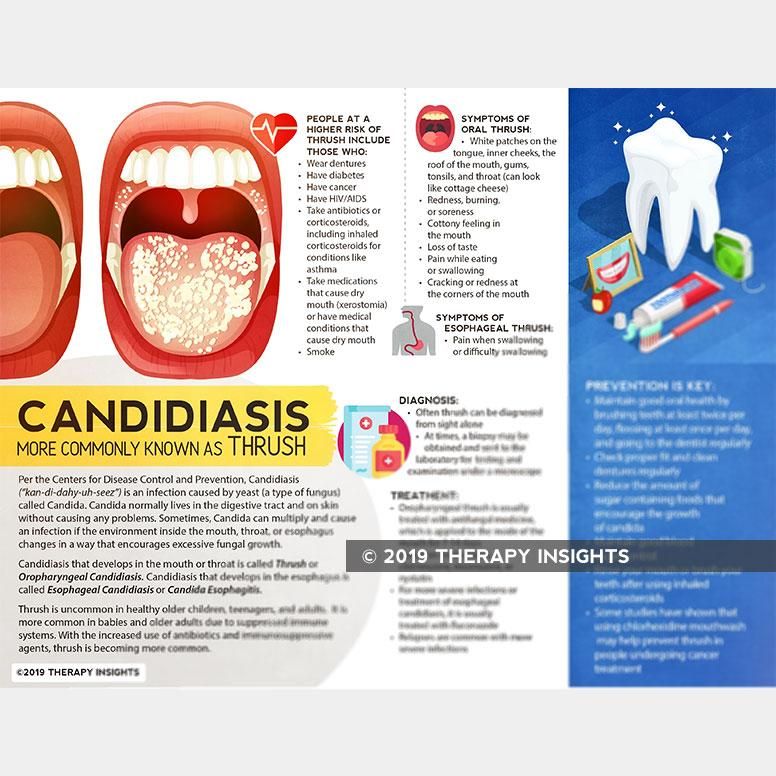
Credit:
DR P. MARAZZI / SCIENCE PHOTO LIBRARY https://www.sciencephoto.com/media/252476/view
Other symptoms in babies are:
- they do not want to feed
- nappy rash
Babies can pass oral thrush on through breastfeeding. This can cause nipple thrush in mothers.
If you're not sure it's oral thrush
Look at other causes of a white or sore tongue.
A pharmacist can help with oral thrush
Oral thrush can be easily treated with a mouth gel bought from a pharmacy. The gel is suitable for adults, children and babies over the age of 4 months.
Ask your pharmacist for advice. Always follow the instructions on the medicine packet.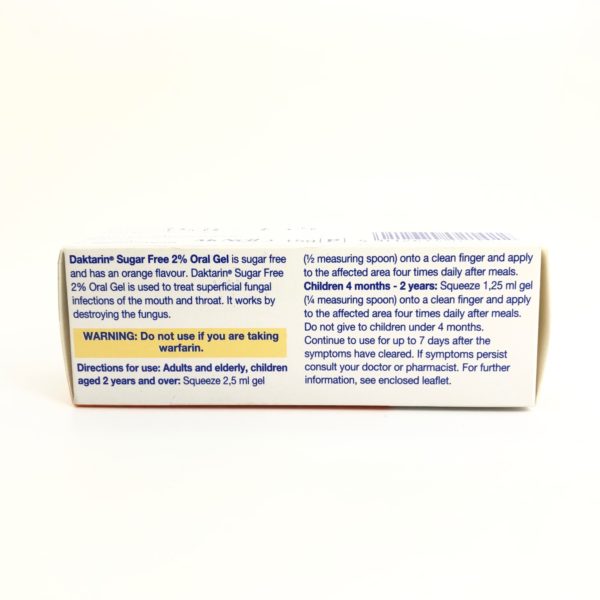
If you leave oral thrush untreated, the infection can spread to other parts of the body.
Non-urgent advice: See a GP if:
- your baby is under 4 months and has signs of oral thrush
- you do not see any improvement after 1 week of treatment with a mouth gel
- you have difficulty or pain swallowing
How you can prevent oral thrush
Thrush is an infection caused by a fungus called Candida. Some things can make the fungus grow more than usual.
You might get thrush if you're:
- taking antibiotics over a long time
- using asthma inhalers
- getting cancer treatment like chemotherapy
There are some things you can do to help prevent oral thrush:
Do
-
take care of your teeth: brush twice a day, clean your dentures, and go for regular check-ups even if you have dentures
-
brush your gums and tongue with a soft toothbrush if you do not have any teeth
-
sterilise dummies regularly
-
sterilise bottles after each use
-
rinse your mouth after eating or taking medicine
-
go to regular check-ups if you have a long-term condition like diabetes
Page last reviewed: 08 July 2020
Next review due: 08 July 2023
Candidiasis in the mouth of a child
Contents
What kind of disease is candidiasisSymptomsCausesTreatmentMethods of therapyPreventive measures
Many parents are aware of such a common problem in children as thrush, which is characterized by the appearance of white plaque on the tissues of the oral cavity. In medicine, this pathological condition has the term "candidiasis" and refers to fungal diseases.
In medicine, this pathological condition has the term "candidiasis" and refers to fungal diseases.
Most often, candidiasis develops in the mouth of a child in the first year of life. Symptoms of thrush greatly disturb the baby, but timely treatment allows you to quickly and without consequences get rid of the fungus.
What kind of disease is candidiasis
According to statistics, about 30% of infants are faced with candidiasis. The causative agent of the disease is the Candida fungus. These specific microorganisms are normally present in the body of every person, even in the absence of health problems, but only in small quantities.
Oral candidiasis in children is much more common, since the immune system of babies is not yet formed and is not able to withstand pathogenic microorganisms and the effects of negative external factors.
With a weakened immune system and the concomitant effect of provoking factors, the fungus begins to actively multiply, affecting the mucous membranes. Without therapeutic treatment, candidiasis is eliminated in exceptional cases. If thrush is not treated, complications arise, and the infection itself spreads throughout the body.
Without therapeutic treatment, candidiasis is eliminated in exceptional cases. If thrush is not treated, complications arise, and the infection itself spreads throughout the body.
Symptoms
Oral candidiasis in children can have a different form of manifestation and severity of symptoms: mild, moderate and severe. As a rule, each form corresponds to the stage of development of the disease. If therapy is not carried out in a timely manner, then the signs of a fungal infection become more intense and the number of symptoms increases.
With a mild form of the disease, a red rash appears on the oral mucosa, which is covered with a white coating on top. At the next stage, the child has swelling of the tissues and the formation of localized white spots with a touch of curd consistency. Gradually, these spots merge into a large affected area. When plaque is removed, bleeding sores open. If the thrush starts, then the fungus already spreads to the entire oral cavity, including the lips, tongue and throat.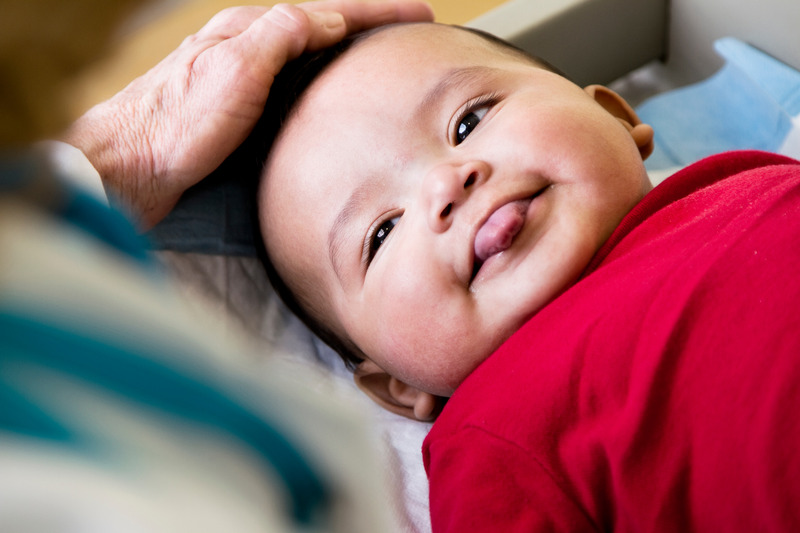 All fabrics are completely covered with cheesy bloom.
All fabrics are completely covered with cheesy bloom.
Common symptoms of candidiasis in children include:
-
burning sensation and itching in the mouth;
-
discomfort and pain when eating;
-
frequent spitting up in babies;
-
the formation of cracks in the corners of the lips;
-
temperature rise.
Children of the first two years of life report their condition with refusal to eat, constant whims and causeless crying. It is not difficult to see signs of candidiasis, so if a child has a sharp rise in temperature or refuses to eat, pediatricians and dentists recommend checking the oral cavity for white plaque. If you suspect thrush, it is undesirable to delay a visit to a specialist, since the fungal infection progresses rapidly.
Reasons
The main reason for the development of candidiasis of the oral mucosa in children is a weakened immune system. If a child is born prematurely, then the likelihood of having thrush is very high. Children who are breastfed or have congenital pathologies are also often exposed to fungal infection.
If a child is born prematurely, then the likelihood of having thrush is very high. Children who are breastfed or have congenital pathologies are also often exposed to fungal infection.
Provoking factors include:
-
the presence of vaginal candidiasis in the mother during pregnancy - the child can become infected when passing through the birth canal;
-
insufficient hygiene of the female breast during breastfeeding - the fungus is often localized precisely on the nipples because of the favorable environment for it;
-
poor processing of the child's initial things - bottles, nipples, and so on;
-
the habit of parents to lick the nipples - even if the adult does not have signs of thrush, a fungus may be present in the mouth, which will be transmitted to the child;
-
long-term use of drugs of the "antibiotics" group - drugs help to reduce one's own immunity;
-
frequent regurgitation in infants - after regurgitation, an increased acidic environment, favorable for the fungus, remains inside the oral cavity;
-
excessive and frequent dry mouth - the absence of saliva, as a protective agent against the activity of pathological microorganisms.

Infection with Candida fungus in children older than 2 years can occur as a result of unwashed foods, raw milk or running water. If a child over 3 years of age has suddenly developed signs of thrush, one should be examined not only for a fungal infection, but also for other possible diseases that may be accompanied by a “fading” of the immune system.
Treatment
Children's fungal diseases can be dealt with by a pediatrician, infectious disease specialist or dermatologist. If we are talking about the treatment of thrush of the oral cavity, then the dentist can also carry out therapy.
The diagnosis of "candidiasis" is determined in most cases on the basis of a specialist examination of the oral cavity. If there is any doubt, the doctor directs the patient for additional examinations. To confirm the disease, a laboratory method is used to study a smear taken from the mouth for the presence of a fungus.
Treatment of thrush in children involves an integrated approach. If the disease is not advanced, then local therapy is carried out in combination with the adoption of measures to strengthen the immune system. In severe form, oral candidiasis in children is treated with systemic drugs, local remedies and compliance with preventive recommendations.
If the disease is not advanced, then local therapy is carried out in combination with the adoption of measures to strengthen the immune system. In severe form, oral candidiasis in children is treated with systemic drugs, local remedies and compliance with preventive recommendations.
Methods of therapy
Treatment of candidiasis begins with the treatment of the oral cavity. The first procedure is already performed at the reception. Antiseptic agents are used to remove plaque. The doctor may then apply an antifungal agent.
The parent should carefully monitor the actions of the dentist, as in the future they will have to independently process the oral cavity at home. The necessary drugs will be prescribed by a specialist. Local antifungal agents are dangerous in case of overdose, especially for the child's body, so you must strictly follow the doctor's recommendations.
In advanced cases, medications are prescribed in the form of solutions, drops or tablets.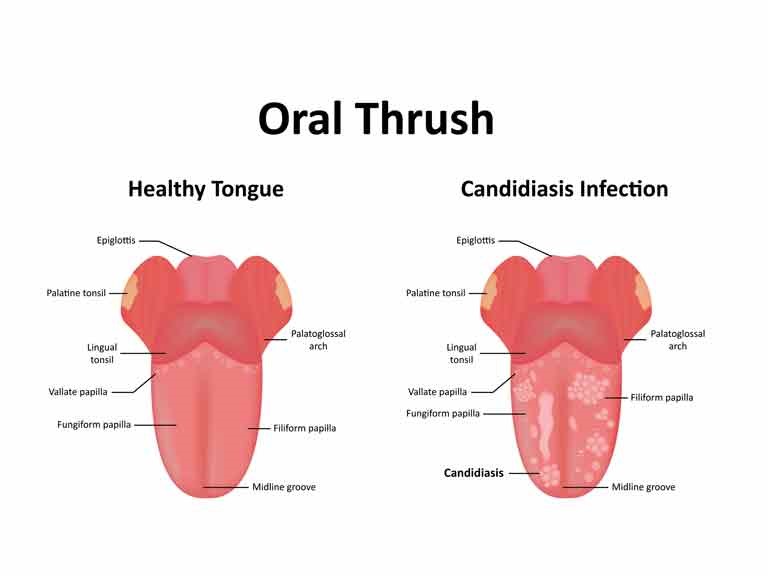 There are only a few drugs for the treatment of candidiasis in children. Replacing them with adult counterparts is dangerous. The dosage must be strictly observed.
There are only a few drugs for the treatment of candidiasis in children. Replacing them with adult counterparts is dangerous. The dosage must be strictly observed.
A mandatory addition to the main therapy is hygiene, good sleep, proper nutrition and taking measures to strengthen immunity (eating healthy foods, if necessary, pharmacy vitamins, walking.
Preventive measures
In order to prevent and even shorten the course of therapy, it is recommended to rinse the mouth (if the child is older than 3-4 years), or use antiseptic sprays several times a day.
It is not difficult to prevent oral candidiasis in children. The responsible approach of parents to the health of the child from the moment of planning conception and pregnancy will help to avoid fungal infections in babies.
How thrush is transmitted - Healthy family
Thrush is a disease caused by the fungus Candida. From this came the medical name of this disease - candidiasis, most common in women. A fungal infection affects the mucous membranes of the vagina and causes the growth of pathogenic microflora.
A fungal infection affects the mucous membranes of the vagina and causes the growth of pathogenic microflora.
Causes of thrush:
- Taking antibiotics that destroy the normal microflora;
- climate change;
- Change of sexual partner;
- Wearing tight synthetic underwear;
- Use of poor quality tampons and pads;
- Pregnancy;
- Severe stress;
- Diabetes mellitus;
- Malnutrition, abuse of sweets;
- Use of hormonal contraceptives;
- Non-compliance with the rules of personal hygiene.
Unfortunately, if a woman has thrush, she can infect her family members as well. When asked if thrush is transmitted to a child, the answer is unequivocal: it is transmitted. This happens frequently during childbirth. Older children, just like men, can become infected by household means: through a towel, bed linen, etc.
How is thrush transmitted from woman to man?
Is thrush transmitted orally? Definitely yes. Candidiasis in men most often occurs through oral sex. If a woman is sick, then the fungus settles on the mucous membrane of the man's mouth, and later, through a kiss, through saliva, it can infect other people. At the same time, it is unambiguously difficult to answer the question of whether thrush is sexually transmitted. Men, as a rule, are not at risk of contracting candidiasis even after unprotected intercourse, since the stronger sex has better health and a stable hormonal background. However, in some cases, the disease can be transmitted. Therefore, it will not be superfluous at the time of illness to completely refrain from sexual intercourse or to protect yourself. A fungal infection will not penetrate through a condom.
Candidiasis in men most often occurs through oral sex. If a woman is sick, then the fungus settles on the mucous membrane of the man's mouth, and later, through a kiss, through saliva, it can infect other people. At the same time, it is unambiguously difficult to answer the question of whether thrush is sexually transmitted. Men, as a rule, are not at risk of contracting candidiasis even after unprotected intercourse, since the stronger sex has better health and a stable hormonal background. However, in some cases, the disease can be transmitted. Therefore, it will not be superfluous at the time of illness to completely refrain from sexual intercourse or to protect yourself. A fungal infection will not penetrate through a condom.
What are the symptoms of thrush?
There are a lot of photos on the net where you can see how the fungus affects the mucous membrane of a woman's intimate organs. With this disease, an increased amount of vaginal discharge appears, which is a white curdled mass, has an unpleasant smell of rotten fish and causes itching and burning in the vulva.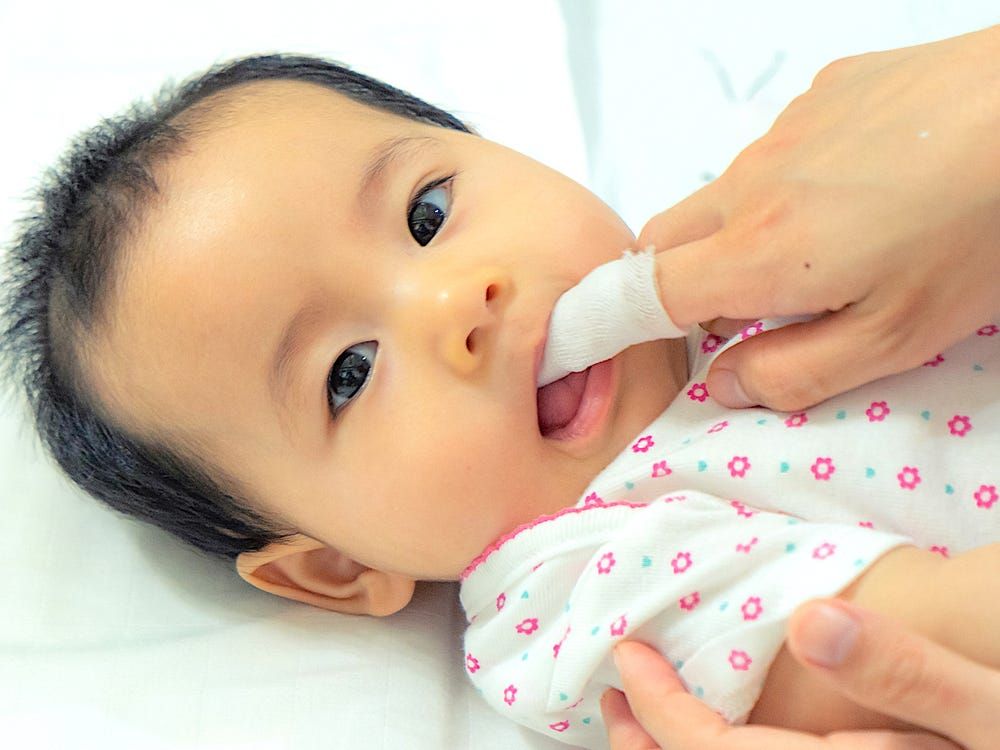 The asymptomatic form of thrush is also rare, when a woman does not experience any discomfort, and candidiasis is detected after taking smears at a gynecologist's appointment. What consequences in men and women can occur if you do not pay attention to the symptoms of the disease and leave it without treatment? The infection will multiply rapidly in the body and can cause other concomitant diseases, such as cystitis in women, urethritis and prostatitis in men, and in the most advanced cases, candidiasis can cause infertility. And although many treat thrush negligently and believe that if left untreated, no consequences can arise, this is an erroneous opinion.
The asymptomatic form of thrush is also rare, when a woman does not experience any discomfort, and candidiasis is detected after taking smears at a gynecologist's appointment. What consequences in men and women can occur if you do not pay attention to the symptoms of the disease and leave it without treatment? The infection will multiply rapidly in the body and can cause other concomitant diseases, such as cystitis in women, urethritis and prostatitis in men, and in the most advanced cases, candidiasis can cause infertility. And although many treat thrush negligently and believe that if left untreated, no consequences can arise, this is an erroneous opinion.
Women often develop thrush during pregnancy due to hormonal fluctuations. While carrying a child, it is useless to fight it, but on the eve of childbirth, treatment for this disease is mandatory. After all, thrush during childbirth and its consequences for the child can be deplorable. During childbirth, a child will get sick with candidiasis, in which case a white coating appears on the mucous membrane in the baby's mouth, which gives the newborn discomfort. He cannot breastfeed and cries all the time.
He cannot breastfeed and cries all the time.
As for the symptoms of thrush in men, most often it is redness of the foreskin of the penis, dryness and peeling of the skin, itching.
How to treat thrush?
Candidiasis is treated in two stages: the first stage is to get rid of the fungal infection. The doctor usually prescribes vaginal suppositories or tablets to the woman, which bring relief after only a few applications. Pimafucin, livarol, polygynax - the pharmaceutical industry provides a wide range of drugs to get rid of this disease. The course of treatment for women is from three to seven days. At the second stage of treatment of thrush, an important role is played by the colonization of the mucosa with beneficial lactobacilli. For this, there are preparations in the form of suppositories. It is undesirable to have sex with thrush, because during this period it is easy to damage the vaginal mucosa, which is deprived of natural protection.
In men, treatment consists of an antifungal cream applied to the penis.